The content of the article
When the long-awaited spring comes, many begin to have problems with flooding cellars and cellars. Such an unpleasant situation happens due to a rise in the level of groundwater. The earth becomes like a sponge that absorbs water and holds it in itself. If the groundwater level rises above the foundation, then moisture seeps into the room through cracks.
The reason for the flooding of the basement is the first aquifer. It is formed from nearby rivers, lakes, reservoirs. Groundwater level is also affected by melted snow and precipitation in the form of rain. There are several ways to deal with annual flooding. Choosing one of them for yourself, you will be able to make the basement dry.
Creation of a drainage system
Drainage is a drainage system consisting of trenches, pipes and a well. Using it, it is possible to prevent flooding of the basement, as well as drain the land. A drainage system is made even at the basement construction stage. A properly installed system will help you once and for all forget about the water in the basement and protect the foundation from destruction.
How the drainage system works
The basis of the drainage is a large diameter pipe (at least 100 mm). It has holes over the entire surface. Through them, ground water seeps into the pipe and flows into the collector. In order for the system to work well, the following conditions must be created:
- Dig a trench with a slope around the basement below the floor. This will ensure efficient water collection and runoff.
- It is imperative to use filter materials (geotextiles and crushed stone), which will protect the pipe from flooding.
- Drain to the central sewer, where a large amount of groundwater will accumulate.
What is necessary:
- drain pipe wrapped in geotextile;
- fine, washed gravel;
- geotextile canvas;
- river sand.
Installation
- Make a trench below the level of the floor around the foundation and a deep well at a distance of 10-15 meters from the building. The trench should have a slope sufficient for draining water.
- Lay the geotextile cloth in the dug trench. And then cover with gravel (layer thickness 10 cm). Thus, you will create a primary layer that filters groundwater.
- At the next stage, lay a drainage pipe (preferably two-layer in geotextile) on a layer of crushed stone. Check that the slope is maintained throughout the trench. Use a tee to route the outlet pipe to the well.
- Once the pipe has been laid, completely cover it with gravel. Leave 20 cm to the top of the trench. Fold the free edges of the geotextile over the rubble. This will completely isolate the drainage from the ground. After that, fill the trench with sand.
As a result, you get a reliable drainage system. Geotextiles and rubble perform the function of a filter, not allowing clogging of the perforated pipe. And sand will transport moisture from the soil surface to the drainage channel.
Output
Drainage channels installed around the basement will help eliminate the main cause of flooding - a high level of groundwater. The result of the drainage will be a dry basement. Unfortunately, this system has its own significant drawback. It is customary to install drainage channels (using technology) outside the premises, so not all basements will be able to be equipped like this.
However, in exceptional cases, cellar owners can build drainage channels indoors. The installation process is almost the same, with the exception of some points that occur at the stage of screeding. After installing the internal drainage system, the basement will lose 30 cm in height.
Creation of an automatic water pumping system
Not all basement owners have the opportunity to create a slope with a drainage system. Therefore, in such areas, a different method is used. To drain the room, an automatic system for pumping excess water is installed.
What does that require:
- Create a recess (pit) in the basement. Dig a hole measuring 50x50x50 cm. Then strengthen it with concrete or brickwork - this must be done to prevent the destruction of the walls. Pour 10 cm thick gravel into the pit.
- Purchase a special pump that automatically turns on when a certain level of water accumulates.
Installation
In the dug pit, place the pump, connect the hoses to it and take them away from the room. When the volume of groundwater increases, it will first accumulate in the pit. The pump will start by reacting to the rising level and pump out excess moisture. This will continue until the groundwater finally subsides.
Output
A fairly simple system that is inexpensive. Quick to install and easy to configure. But this system has two significant drawbacks. First, the pump works properly until it runs out of life, and then it will have to be replaced. The second, water-pumping system will not eliminate the cause of flooding, but only temporarily relieve the consequences.
Creating waterproofing in the basement
Waterproofing walls and floors helps provide a high-quality waterproof barrier. It consists of three layers: penetrating waterproofing, bituminous mastic and plaster. Apply layers above flooding with a margin in case groundwater rises.
What does that require:
- Buy materials: as a penetrating waterproofing, hydrotex or penetron, bituminous mastic, sand, waterproof cement, metal mesh for plaster are used.
- Assemble the necessary tools: a hard brush and a spatula for applying the compositions, an iron brush for grouting between brick joints or cracks, a mixer and a container for mixing the mortar.
- Prepare the basement: pump out the water - for this it is convenient to use the "Kid" pump with a lower suction. After draining, clean the surface of the floor and walls from dirt. Brush seams, corners, cracks.
Installation
- Treat concrete floors and walls with penetrating waterproofing. This composition is deeply absorbed and clogs macrocracks through which water enters the basement.
- Then coat the corners, seams, cracks with bituminous mastic. Then apply mastic in the same way on the remaining surface of the walls and floor. The layer thickness should be at least 2 cm.
- Attach the metal grill to the wall. It is necessary to ensure the rigidity of the plaster layer. Prepare a medium viscosity cement mortar. Using a spatula, apply a layer of plaster 3 cm thick.
- Lay a metal mesh on the floor and fill it with grout and allow time to dry. On this, the process of creating a basement waterproofing can be considered completed.
Output
A waterproofing layer prevents the seepage of groundwater through cracks. It also makes concrete stronger, extending the life of the walls and floor. The waterproofing method is an excellent alternative to the drainage system, which not all cellars will be able to build.
So, the above methods to combat the flooding of the basement will help get rid of excess water. Each has its own installation features, advantages and disadvantages. You need to choose a method based on specific goals and financial capabilities.
Video: how to do the drainage in the basement with your own hands

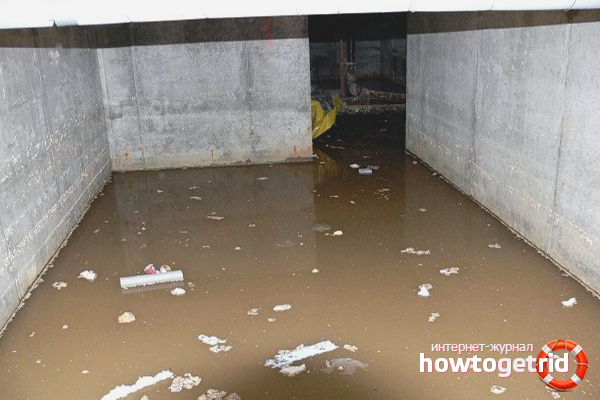
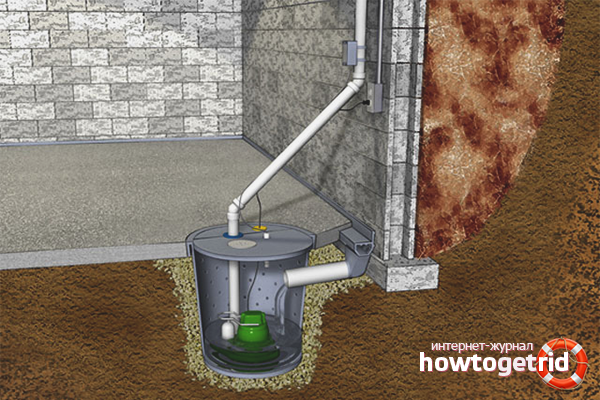
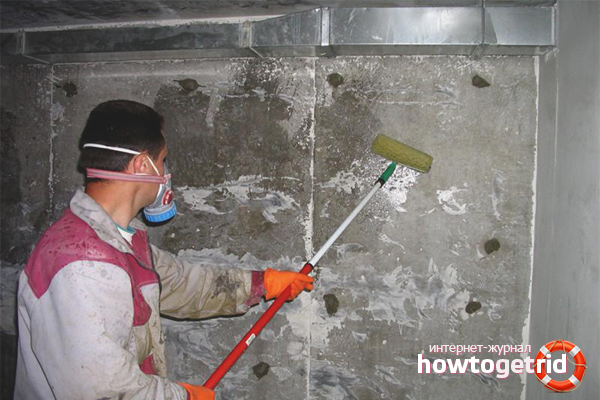
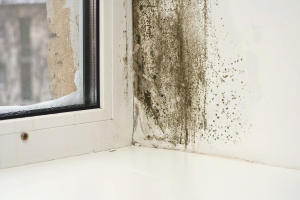

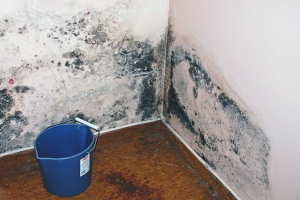

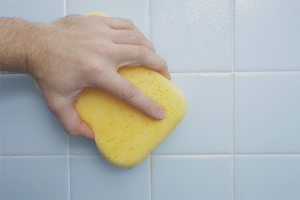


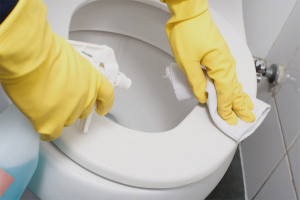
Submit
Such a question, if isolation is made, in the event of a rise in groundwater, will the cellar not push into the house?
Will push out if the force of the buoyancy force is greater than the load. Law of physics. There was a case. The cellar was welded from 5 mm steel in the garage. He was lifted up like a ship. There was a problem. That is, the level of groundwater and the depth of the cellar are important here. If a cellar with a volume of 1 cubic meter in water, then the buoyancy force is 1 ton. = 1000 kilograms. If the size, for example, is 4x2 meters, then 8 tons. therefore, if you weld or insulate, then at the bottom you need to put a heavy load, tons, so as not to push out.
Welder down and all, the water will come out under the pressure of the iron pit itself! And not a load is needed, some heresy! Physics need to be taught guys. And personal experience.
What is a descent?